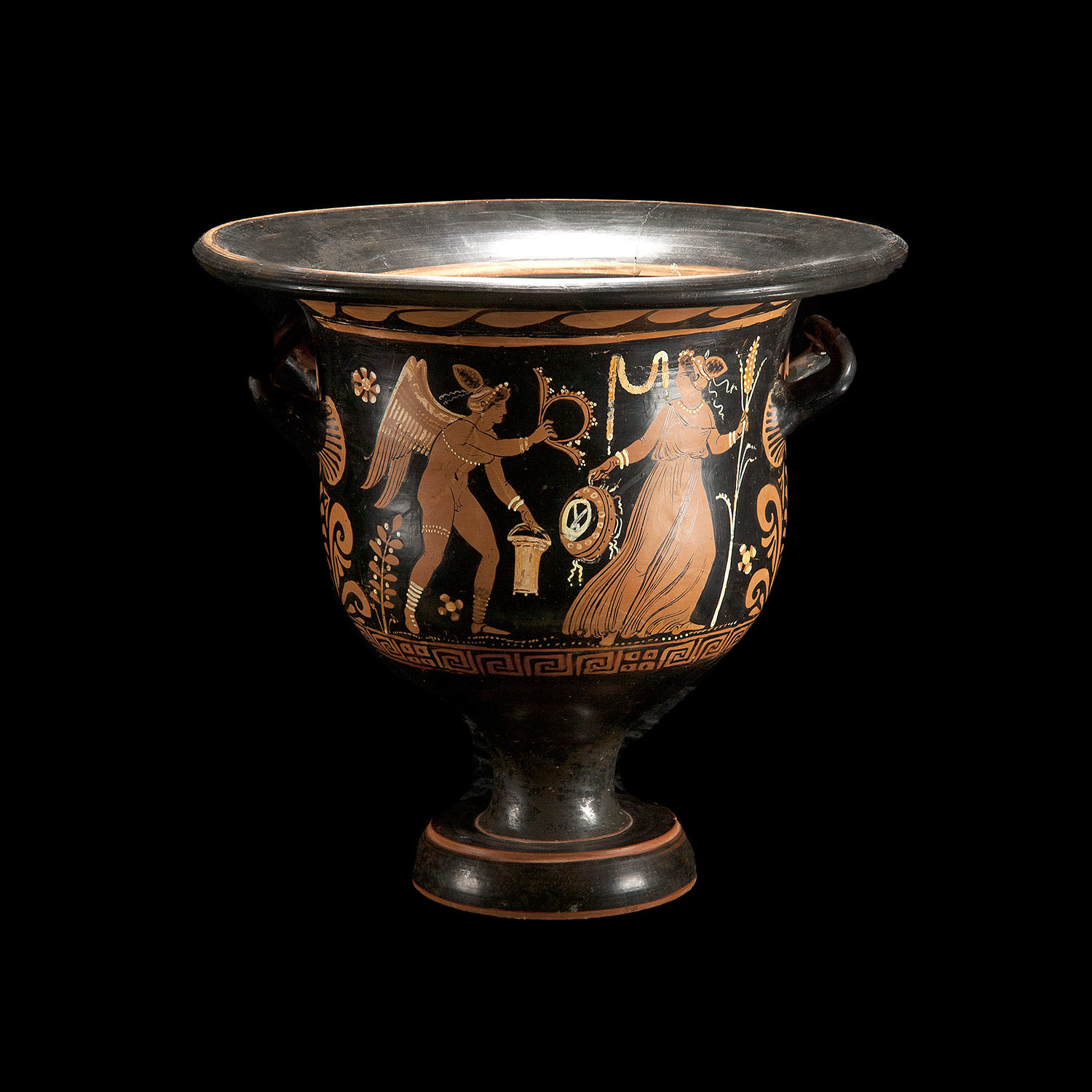Sinthesis said:
Rev 17:10 clearly demonstrates the successive nature of the various kings of the fourth beast. The 'eighth' of Rev 17:11 represents the Imperial Cult of Pagan Rome itself, successively personified by the other seven contemporary emperors, and extended into the relative future of the author by the symbolic 'ten' kings who would continue to persecute God's people until Christianity prevailed.
What you're saying is not correct.
Rev.17:10 declares the reign of ten kings contemporary with each other, and with the beast of verse 12, which that beast is shown to be a king also, per verse 11.
The phrase 'was, and is not' is a parody of God's eternal (I Am) nature, establishing the religion of Pagan Rome as false.
Rev 17:11
11 And the beast that was, and is not, even he is the eighth, and is of the seven, and goeth into perdition.
(KJV)
That phrase the "beast that was, and is not" is a timetable expression. It especially shows that particular beast (a king) there was not existing at the time John was given Revelation.
From the previous verse, five were fallen (past), one existed in John's day, and the seventh was not yet come. Then we are told that beast king "is of the seven", meaning what? It means he was over the previous five fallen kings, and was over the sixth in John's day, and would also be over the seventh king.
But the Message doesn't stop there with the seventh king. We are told that beast king "even he IS the eighth", meaning the eighth king. Is that starting to paint a picture of longevity about that beast king being OF all seven? It should. Even the last phrase "and goeth into perdition" is a clue to that beast king's identity. All that up to that point in Rev.17 is about the seven heads which are seven mountains, related to seven kings.
But Rev.17:12-13 is about ten kings that don't receive power until that beast king comes, the "little horn" coming up among all ten, and they give their power and strength to that beast king or little horn.
The beast of Rev 13:1 is Pagan Rome.
The Rev.13:1 beast is a one-world system being setup over all the earth now, to include all nations and peoples. That's why our Lord revealed the "waters", meaning the "sea" that Rev.13:1 beast comes up from, represents "peoples, and multitudes, and nations, and tongues" (Rev.17:15). Pointing to ancient pagan Rome with that is to be way behind in our Lord's prophetic timeline of events.
The beast of Rev 13:11 is the illegitimate Roman backed kingdom of apostate Israel circa the AD60's. It is described in Dan 2 as the 'part of clay'.
What a wild idea you say. Actually, the Daniel 2 image points to pagan Rome with the legs of iron, i.e. the 4th beast kingdom. The ten toes of part iron and part clay, is a separate part of the statue image, and is specifically where our Lord strikes it to cause the whole of it to come tumbling down, and His Kingdom that is still in abeyance today is at that time established on earth forever.
Apostate Israel circa A.D. 60's? If you speak of orthodox Jews, they are STILL apostate away from Christ Jesus, because ORTHODOX JUDAISM still refuses Jesus of Nazareth as The Savior. Just as they were apostate DURING Christ's Ministry before A.D.60's. So was that the "falling away" (apostasy) Apostle Paul was speaking about in 2 Thess.2? Absolutely not. Why? Because no one in A.D.60's or 70's fit the conditions of the "abomination of desolation" Jesus mentioned, which is what Paul was talking about in 2 Thess.2:3-4.
The conditons of the "abomination of desolation" both the Book of Daniel and our Lord Jesus gave in Matthew 24 fit only one point in history, and that was Antiochus Epiphanes in 170 B.C. But of course our Lord Jesus prophesied of the "abomination of desolation" event around 200 years AFTER Antiochus had done his thing in Jerusalem. That of course means our Lord was pointing to a future event for it to be fulfilled. And the Romans in 70 A.D. did not fulfill the conditions of the prophecy. They only fit a type, or ensample, showing its real fulfillment is still not yet.
Daniel and John don't disagree, they only describe the fourth beast from different viewpoints.
Glad you admit that. And their seemingly different viewpoints don't really differ either. Otherwise there'd be no way to establish that both the Book of Daniel and Revelation give the same account of ten kings contempary with each other when the "little horn" beast arises from among those ten.





